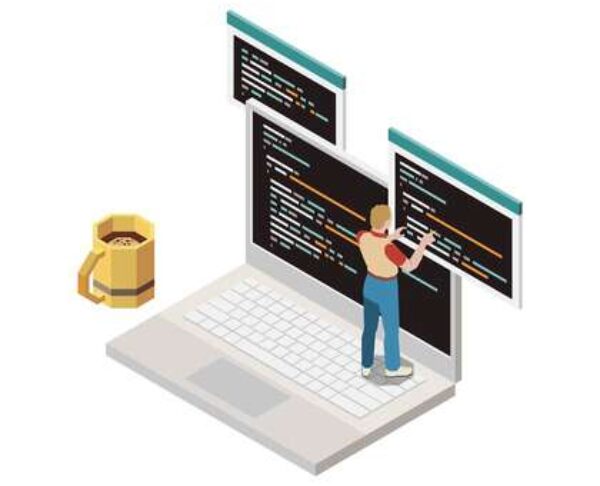Introduction
In the rapidly evolving landscape of education, traditional learning methods are giving way to a more dynamic and efficient approach: smart learning. With the integration of technology, interactivity, and personalized experiences, smart learning is revolutionizing the way we acquire knowledge and skills. This blog delves into the world of smart learning, exploring its benefits, strategies, and the transformative impact it holds for learners of all ages.
Defining Smart Learning: Where Technology Meets Education
Smart learning is more than just a trend; it’s a paradigm shift. It leverages technology, interactive platforms, and data analytics to create tailored learning experiences that adapt to individual preferences and learning styles.
Personalization: The Heart of Smart Learning
One size does not fit all in education. Smart learning embraces personalization, catering to individual strengths and weaknesses. Adaptive algorithms analyze learner progress and preferences, tailoring content delivery for optimal comprehension and engagement.
Anywhere, Anytime Access: The Flexibility of Learning
The traditional classroom is expanding beyond walls. Smart learning offers the flexibility of accessing educational content anytime, anywhere. Whether through e-learning platforms, mobile apps, or virtual classrooms, learning adapts to fit busy schedules and diverse lifestyles.
Engagement Through Interactivity: Making Learning Fun
Gone are the days of passive learning. Smart learning engages learners through interactive elements such as quizzes, simulations, and gamified activities. These approaches stimulate curiosity and deepen understanding, transforming learning into an enjoyable endeavor.
Real-Time Feedback: Nurturing Continuous Improvement
In the world of smart learning, feedback is instantaneous. Learners receive real-time assessments and progress updates, allowing them to identify areas that need improvement and make necessary adjustments immediately.
Lifelong Learning: Smart Learning Beyond Formal Education
Smart learning isn’t confined to classrooms; it’s a philosophy that encourages lifelong learning. Whether picking up new skills, exploring hobbies, or staying updated with industry trends, the accessibility of smart learning tools empowers continuous growth.
Enhancing Teacher Roles: The Educator as Facilitator
Smart learning doesn’t replace educators; it elevates their roles. Teachers become facilitators of knowledge, guiding learners through personalized journeys and fostering critical thinking and problem-solving skills.
Overcoming Challenges: Navigating the Path of Smart Learning
While smart learning presents numerous benefits, it also faces challenges such as accessibility, digital divide, and the need for teacher training. Addressing these challenges is essential to ensure that the benefits of smart learning are accessible to all.
Conclusion: Shaping the Future of Education with Smart Learning
In this blog, we’ve explored the realm of smart learning, where technology empowers learners and educators alike. From personalization to interactivity and lifelong learning, smart learning is reshaping education into a dynamic, flexible, and engaging experience. As we navigate the future, the power of smart learning promises to democratize knowledge, foster innovation, and cultivate a generation of empowered learners ready to embrace the challenges of tomorrow.



